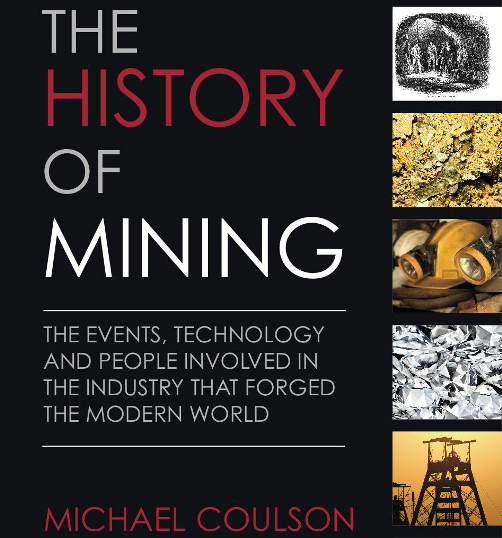SYDNEY – Jan 24 (Reuters) – Australian miners like to say iron ore is the new gold. How about the new iPhone?
Iron ore, needed to make steel, long ago replaced gold as the most profitable mineral to mine in the Australian outback. And while sales of iPhones have become a disappointment for Apple Inc, mega-mining companies such as BHP Billiton are projecting strong growth in iron ore sales for decades to come – at margins even an Apple or smartphone rival Samsung Electronics would drool over.
BHP and rivals Rio Tinto and Fortescue Metals are seeing profit margins often exceeding 100 percent on sales of hundreds of millions of tonnes of ore. Apple Inc earned gross margins of 49 to 58 percent on its U.S. iPhone sales between April 2010 and the end of March 2012, according to court filings obtained by Reuters.
Apple on Thursday missed Wall Street’s revenue forecast for the third straight quarter as iPhone sales came in below expectations, although earnings topped forecasts.
Production costs under $40 a tonne mean margins at Rio Tinto and BHP are comfortably above any of their other businesses with iron ore selling for nearly $150 a tonne, explaining why they continue to invest to expand their operations in Western Australia’s vast Pilbara iron ore belt.
























